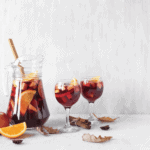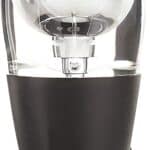Cast your eye down any wine list and you’re going to come across more than a few dry red wines.
Often recommended as pairings for your favorite meals, but just as good on their own, the dry red is a classic choice.
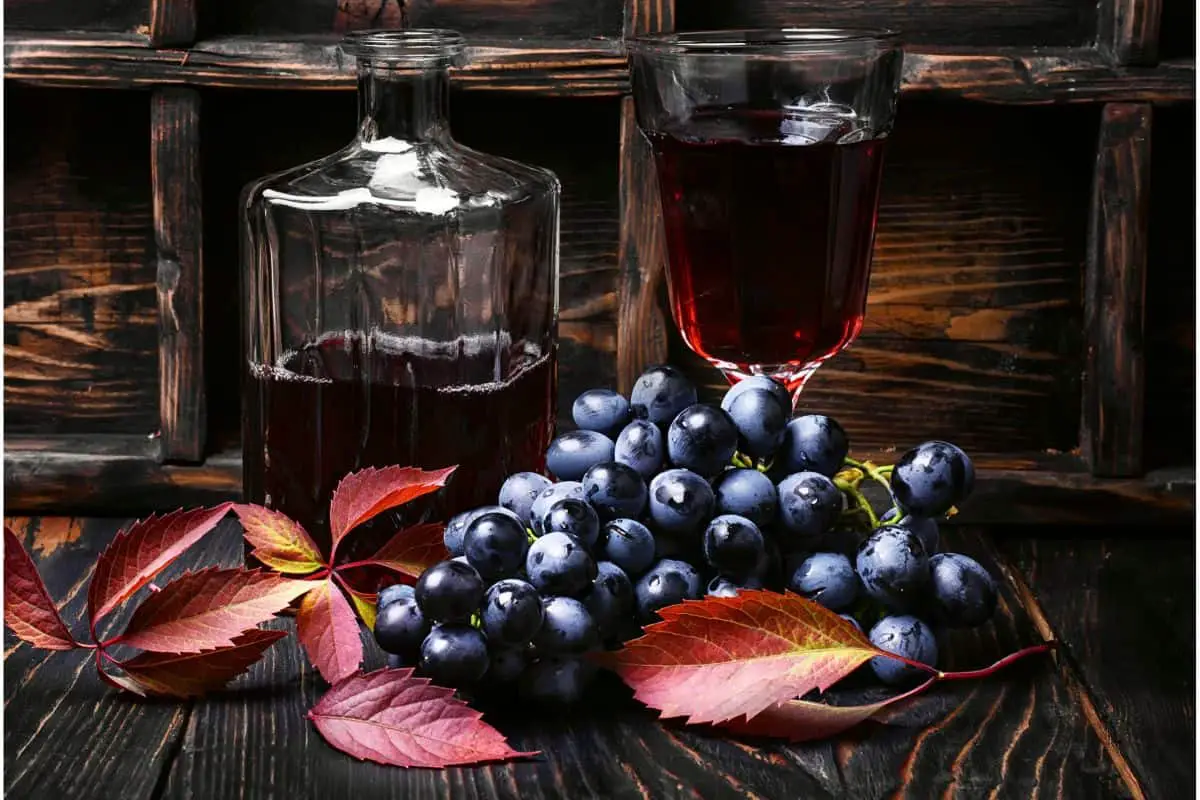
If you’re new to wine. The phrase ‘dry red’ can cause some confusion. After all, we know wine is definitely damp.
But dry is a term that refers to the amount of sugar in the bottle. A dry red can be fruity, floral, earthy, and even savory. It just can’t be sweet.
Dry red is a wide term, encompassing many grapes, blends, and vineyards. In this guide, we’ll cover what makes a red wine dry, and the best examples to try.
What Is A Dry Red Wine?
A dry red wine is a red wine with no residual sugar, or a minimal amount. To be classed as a dry red, a wine needs to be 1% or less residual sugar.
The term dry refers to the amount of sugar that’s in the wine, rather than the texture of the liquid itself. There are thin margins determining sweetness and dryness.
An off-dry or semi-sweet wine will have roughly 3% residual sugar, and any more than 5% is classed as sweet. Even a dessert wine might have only 7% sweetness (If you like dessert wines, you might also like: What Is Ice Wine?)!
When fermenting wine, yeast and sugar are added to the base liquid. The yeast eats the sugar, converting it to alcohol. The fermentation process ends when all the sugar has gone.
However, a winemaker can choose to stop the fermentation early. When this happens, there’s sugar left in the wine, providing a sweeter taste. A dry red will have completed the fermentation process, removing the sugar.
Types Of Dry Red Wine
If you’re interested in discovering the joys of dry red wine, then you won’t have to search very hard. In fact, two of the most popular wine grape varieties in the world are commonly used to create dry red wine: Cabernet Sauvignon and Merlot.
Cabernet Sauvignon
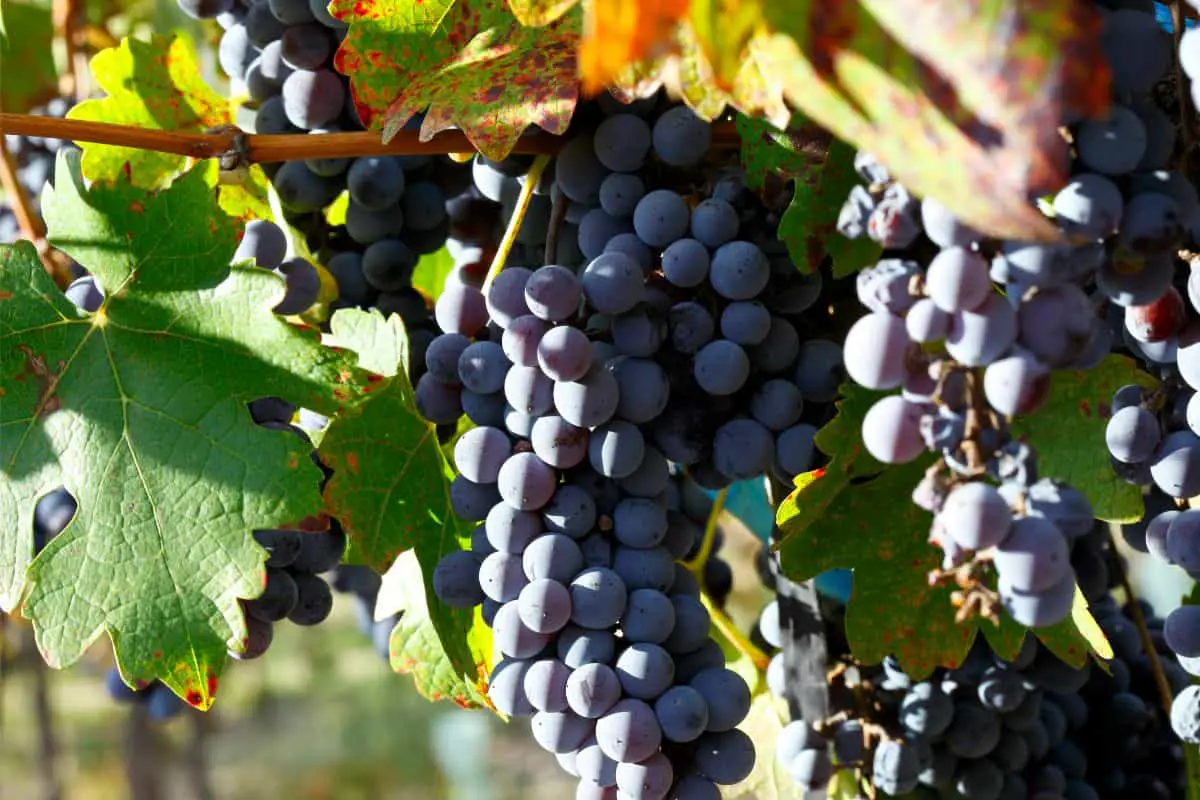
One of the best known wines in the world, Cabernet Sauvignon grapes are grown by all the major wine producing countries. They produce a wine that is big and bold, with plenty of tannins and the rich taste of dark fruits.
The aroma carries a lingering scent of tobacco and leather, adding complexity to the strong flavor profile.
Cabernet Sauvignon is best enjoyed alongside hearty dishes, and can take you through an entire meal. Pair your Cabernet Sauvignon with a marbled steak and a dark chocolate dessert.
Merlot
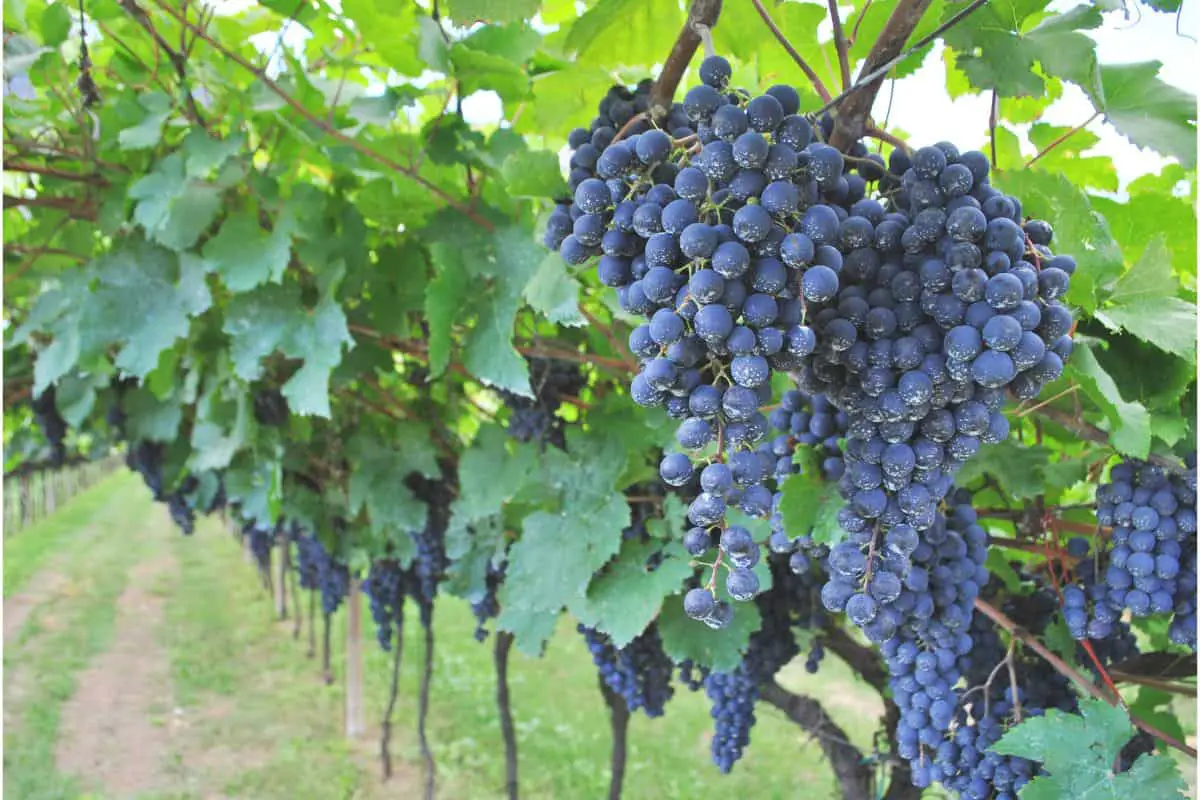
Merlot takes a lot of its flavor from the landscape, with winemakers allowing the climate to influence the taste.
The best Merlot wines are dry with a medium to full body, soft tannins, and a tang of acidity.
Blackberries and cherries, as well as stone fruits such as plums, are common tasting notes in Merlot. However, some producers age their Merlot in oak, adding delicate touches of vanilla and spice.
Although the fruitiness can fool some, Merlot isn’t a sweet wine. A lighter level of tannins makes Merlot a decent choice for many meals, from beef to vegetarian dishes.
Tempranillo
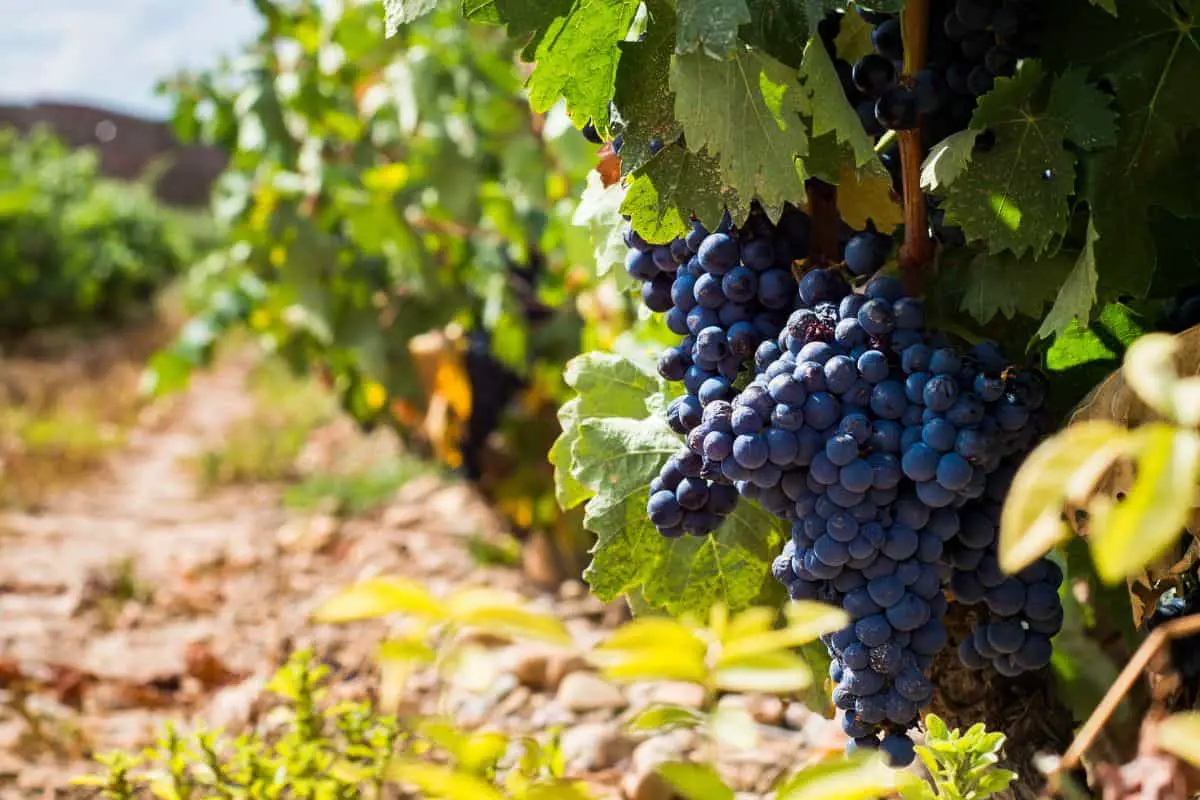
Commonly produced in Spain, Tempranillo is a black grape renowned for its full body. The flavors are deep and dark, with cherry, dried fig, and plum being the common tasting notes.
Often aged in oak barrels, Tempranillo can take on hints of tobacco and leather, alongside vanilla and clove. A medium-high tannin level gives it a smooth and lingering finish.
Undertones of leather and dried fruit gives Tempranillo a slightly savory quality, which makes it an easy wine to pair. Enjoy with barbecue meats, punchy Mexican dishes, and traditional Spanish cured meats.
Syrah

Syrah is known as one of the biggest and boldest reds around, standing out as perhaps the top choice when you’re enjoying a quality steak.
Syrah is known for a dark flavor profile, with blackberry and blueberry adding to the rich tastes. But alongside the fruit notes you’ll find pepper and tobacco, touches of smoke, and, sometimes, a hint of bacon.
The punch of Syrah comes through strongly, before calming on the tongue, and finishing with a dash of pepper.
Because of its power, Syrah is often blended with other grapes, such as Cabernet Sauvignon, to complete the mid-palate.
Pinot Noir
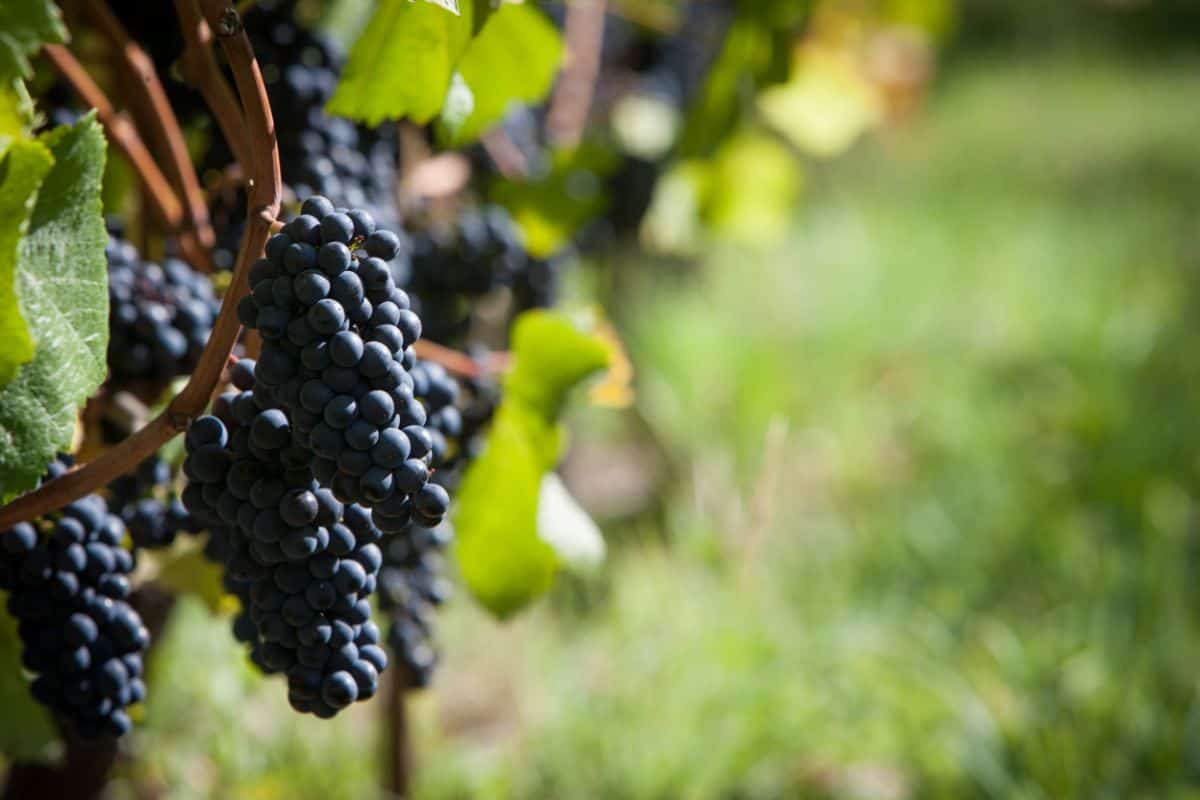
Softer and gentler than other red wines, Pinot Noir is easy on the palate and has a light body. Notes of cherry and raspberry are complemented by a slight touch of delicate florals, and an earthier tone of mushroom.
It’s the earthy depth that can lead to Pinot Noir tasting particularly dry, as it doesn’t have the heavy fruit flavor of some other reds.
Pinot Noir has a lingering, smooth finish, with a higher acidity that helps with food pairing. Enjoy Pinot Noir alongside pork, chicken or other poultry dishes.
Pinot Noir is something of a crowd pleaser, and the younger varieties are a good starting place for those new to dry red wine.
Sangiovese
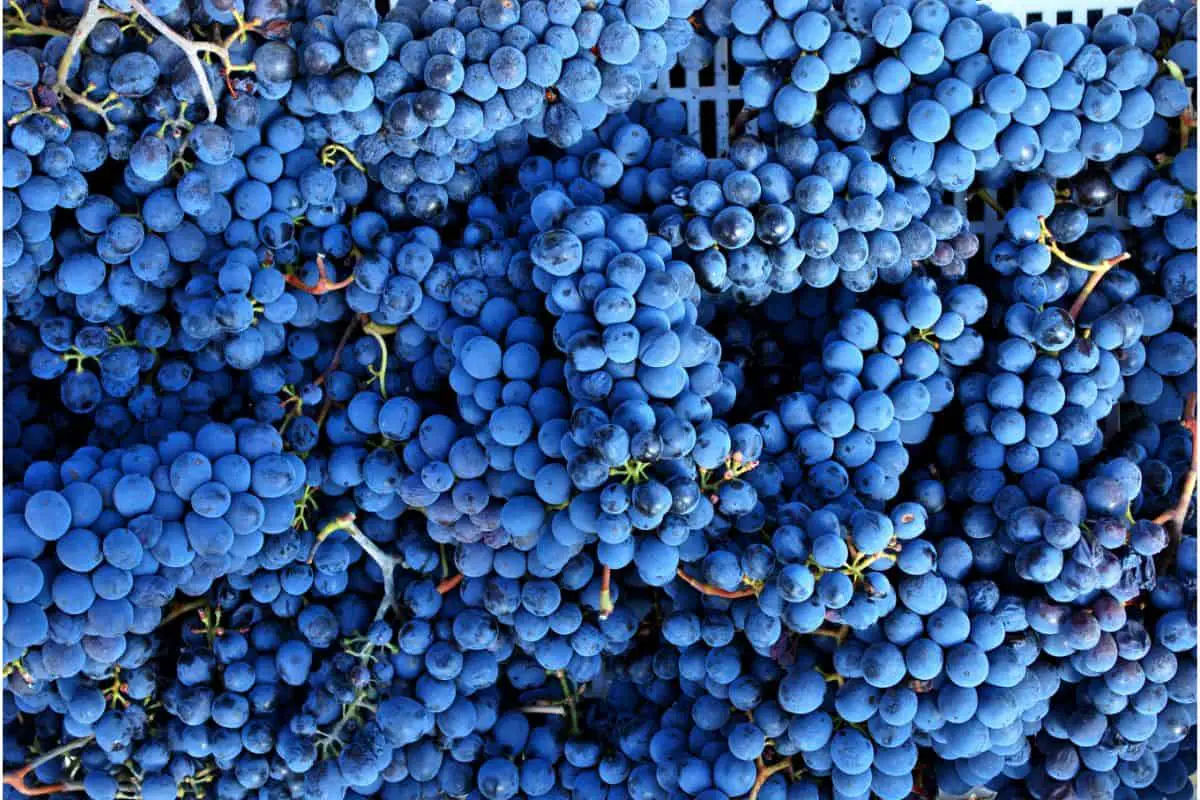
Savory Sangiovese grapes respond to their climate, although wherever it might be grown you can expect to find notes of cherry and a subtle hint of tomato.
Sangiovese can be fruit forward, or savory and rustic, but the best varieties balance the two. Aromas of smoke and tobacco are common in rustic varieties, while others produce Sangiovese with a light floral scent.
A medium weight and high tannin level ensures Sangiovese is the perfect complement for roasted and cured meats, alongside salty cheeses.
Why Is Dry Red Wine So Popular?
Dry red wine is popular because it’s so adaptable. Dry red wine is produced by all the major wine regions, and it can be fruit forward, soft and floral, light and earthy, and anything in between!
Dry red wine is a perfect accompaniment to many meals, from marbled steak to tomato-based vegetarian dishes. And you don’t have to wait until you eat! Dry red wine is an exceptional cooking wine.
Final Thoughts
The most popular wines sold worldwide are dry red wines. Lacking sweetness and sugars, these red wines pair with numerous meals, and come in enough varieties to suit almost all tastes.
- How to Learn Wine Tasting: Essentials for Beginners - March 10, 2024
- How to Learn to Like Wine: Cultivating an Appreciation for the Vintner’s Art - March 10, 2024
- Thanksgiving Sangria: A Flavorful Twist to Your Holiday Table - August 27, 2023







